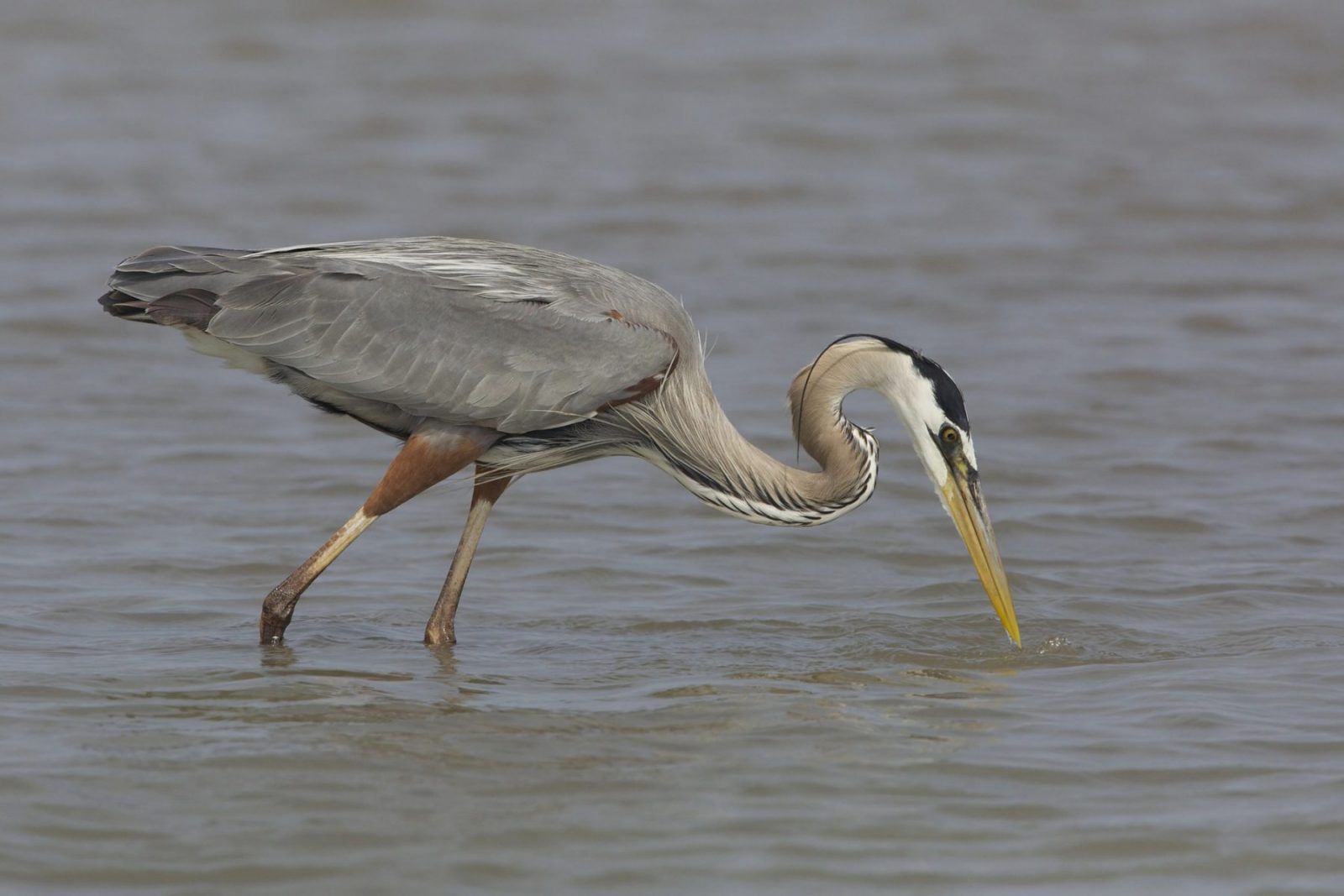The Hogan Administration this week, under the leadership of Benjamin Grumbles, Secretary of Maryland’s Department of Environment, released draft regulations encouraging market-based solutions to accelerate the restoration of the Chesapeake Bay. Significantly, the proposal would allow states to work together under an interstate trading provision to leverage greater opportunities to address interstate water pollution. If adopted, it would mark the first time a state has included an interstate trading component within its water protection regulations. According to Brent Fewell, Founder and Chair of the Earth & Water Law Group, “This represents a true watershed moment for the watermen and citizens of Maryland, and this proposal could serve as a significant catalyst to making meaningful progress toward cleaning up the Bay’s water quality.”
According to the Chesapeake Bay Foundation, the Bay produces nearly one-third of the nation’s blue crabs, and the Bay itself generates nearly $33 billion in revenues annually. However, nutrient pollution from various sources, such as upstream agriculture, urban stormwater, air deposition from industry, septic tanks, and wastewater treatment plants continue to plague the Bay and has resulted in up to $4B in annual losses to the region.
Grumbles who previously served as the Assistant Administrator for U.S. EPA Office of Water remains one of the nation’s leading proponents of water quality trading and innovation to address nutrient pollution which impacts over 40% of the nation’s waters.
MDE released the following announcement
Maryland proposes regulations for faster, better Chesapeake Bay restoration
Proposed rule would establish credit exchange program to provide greater flexibility, cost reductions in Bay cleanup
BALTIMORE (Oct. 11, 2017) – The Maryland Department of the Environment has proposed regulations to establish the Maryland Water Quality Trading Program and accelerate the restoration of the Chesapeake Bay while bringing economic benefits to Maryland. The regulations are proposed under Maryland environmental law to ensure enforcement and accountability under the federal Clean Water Act.
The proposed regulations are designed to provide greater flexibility and reduce costs in achieving Maryland’s goals under its blueprint to meet federal pollution limits for the Bay. The voluntary program would establish a marketplace for private sector participation in meeting Bay cleanup goals.
Nutrient and sediment credit trading offer attractive alternatives to more costly traditional approaches for improving water quality and have the potential to achieve results more quickly and at a lower cost, accelerating efforts to restore and improve water quality. The trading program that would be established by the proposed regulations expands opportunities for all sources by giving them access to a water quality marketplace and flexibility in meeting and maintaining their pollution limits by acquiring credits generated from load reductions in local watersheds in Maryland’s portion of the Chesapeake Bay watershed.
“Maryland is a leader in reducing greenhouse gases and is now poised to make similar gains for clean water with nutrient credit trading,” said Maryland Environment Secretary Ben Grumbles. “We can speed up the cleanup of the Chesapeake Bay and reduce the cost of restoration with innovative partnerships and regulatory safeguards.”
The proposed regulations were developed with significant input from the Maryland Water Quality Trading Advisory Committee. Earlier this year, the Maryland Departments of the Environment and Agriculture published a draft “Maryland Trading and Offset Policy and Guidance Manual” in consultation with the Advisory Committee.
In 2010, the U.S. Environmental Protection Agency established the Chesapeake Bay Total Maximum Daily Load (TMDL), with pollution limits and load allocations for the pollutants nitrogen, phosphorus and sediment. Maryland developed a Watershed Implementation Plan, or blueprint, that allocates pollution loads for the wastewater, stormwater, septic, agricultural and forest sectors.
The Maryland Water Quality Trading Program will allow agricultural sources that have reduced their pollution beyond the required “baseline” to produce credits that can be purchased by counties or municipalities to meet Bay cleanup requirements to reduce polluted stormwater runoff. The cost of reducing nitrogen could be as low as $200 per pound in the agriculture sector, compared to an estimated $3,800 per pound for urban retrofits to reduce stormwater runoff.
The proposed regulations include mechanisms for the Department of the Environment to certify credits for trading. The certification process relies heavily on EPA Chesapeake Bay Program modeling tools, expert panel reviews of Best Management Practices and other technical and policy support. The Department of the Environment’s review would include limits on the geography within which a trade can take place and evaluate expected improvements in water quality.
The Department of the Environment submitted the proposed regulations yesterday to the Administrative Executive and Legislative Review (AELR) Committee for a 15-day review. The Department expects to submit proposed regulations for publication in the Maryland Register in November. A public comment period would follow that publication.
# # #




